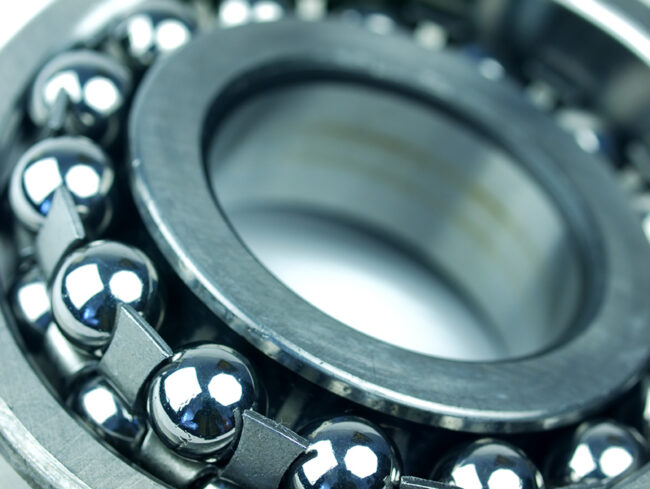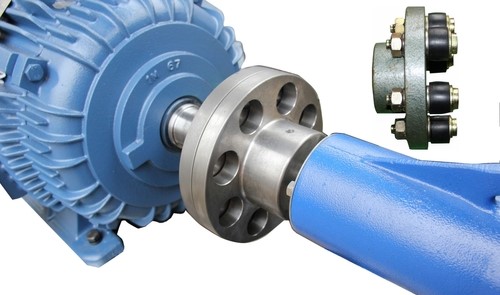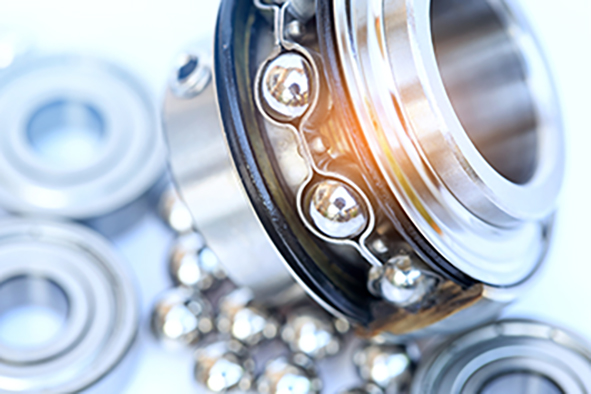Homogenizers are industrial equipment used for Homogenization.
Homogenization is simply a process used to make a mixture of two mutually non-soluble liquids into one throughout. Basically, non-uniform globules turned into uniform, so that each measured dose has same composition.
HOMOGENIZER
Why is Homogenization done in milk processing?
It is a mechanical process used to reduce the size of the fat globules in the milk, decreasing the creaming rate and creating better density matching with the continuous phase.
“The homogenizer is basically a reciprocating pump capable of producing very high pressures greater than 200 Bar. It has a multi-piston cylinder block to minimize cyclical variation of flow and produce the high pressure to force the product between the mating faces of the preloaded homogenizing valve”
Part list of Homogenizer:
1. Crankcase
2. Pistons
3. Damper
4. Pump block
5. Homogenisation device first stage
6. Homogenization device 2nd stage
7. Main drive motor
8. V belt transmission
9. Hydraulic transmission system
Categorization of Faults in High-pressure Homogenizers:
1. Process
2. Machinery

Planned Maintenance of Homogenizer to Reduce Downtime:
The frequency could be Weekly, Monthly, Quarterly and Yearly depends on plan.
|
Item |
Checks |
|
|
1. |
Oil level |
Sight glass at the rear of the machine |
|
2. |
Oil pressure |
Above the recommended minimum |
|
3. |
Water lubrication to the pistons |
Oil cooler should be checked to ensure that it is enough. |
|
1. |
Drive belts |
Tightness and condition |
|
2. |
Connector rod ends, and tightness of the crosshead |
Inspected and adjusted if necessary. |
|
3. |
Oil leakage from the piston adaptor |
Packings must be tightened or replaced. |
|
4. |
The piston and packing assemblies |
Signs of wear and damage, especially in the piston packings. replace if there is product leakage from the rear of the cylinder block. |
|
5. |
Cap gaskets |
Replace if too thin or extruded to a point of leakage at high pressure. |
|
6. |
Valve assembly block |
Removed and stripped down to show the valve, valve seat and impact ring. |
|
6.1 |
Wear of the impact ring |
Will occur on the internal face of the ring in the form of a groove. acceptable to a depth of 1 mm. |
|
For better Homogenization checks, |
||
|
7. |
Feed pump pressure |
Recommended and does not fluctuate |
|
7.1 |
Pressure relief valve in the d/c pipeline |
Set to relieve at the correct pressure |
|
7.2 |
Crankcase drain |
Cleaned and replace with fresh oil and the oil filter cartridge renewed. |
|
8. |
Motor bearings lubrication |
According to the manufacturer’s instructions or Vibration trend. |
Predictive Maintenance to Assess the health condition of Homogenizer:
|
Vibration Analysis |
Bearings condition, parts wear, Lubrication, drive belts damages, Operation/Flow issues. |
|
Oil Analysis |
Contamination, particle count, wear index etc., |
Availability:
Availability is the percentage of time that the asset is operating compared to when it is scheduled to operate. It is a measure of an asset’s ability to be operated.
1. Availability can be calculated on Time Basis Weekly, monthly, quarterly, and annually.
2. Plant managers to review asset performance data as a baseline for specific improvements related to design, operations and/or maintenance practices.
Availability (%) = {Uptime (hrs) ÷ [Total Available Time (hrs) – Idle Time (hrs)]} x 100
Uptime = Total Available Time – (Idle Time + Downtime)
Down Time = Scheduled Downtime + Unscheduled Downtime
From the above formula it can be concluded that if Downtime minimizes Availability increases.
|
Total Available Time |
365 days x 24 hours (yearly basis); |
|
Idle Time |
The amount of time an asset is idle or waiting to run. It is the sum of the times when there is no demand, no feedstock or raw material and other administrative idle time (i.e., not scheduled for production) |
|
Uptime |
The amount of time an asset is actively producing a product or providing a service. It is the actual running time. |
|
Scheduled Downtime |
Time to do required work on an asset that is on the finalized weekly maintenance schedule. |
|
Unscheduled Downtime |
Time an asset is down for repairs or modifications that are not on the weekly maintenance schedule. |
Advantages of Planned and Predictive Maintenance:



